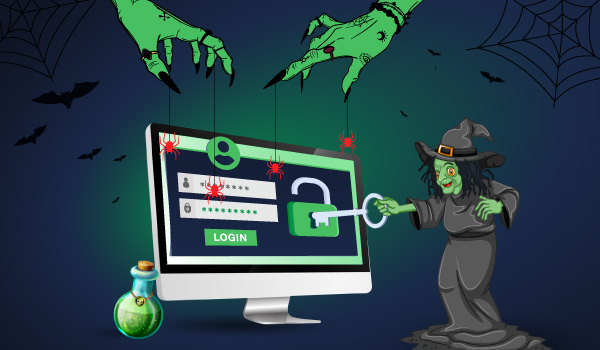3 min read
It was the fall of 2008. A variant of a three year old relatively benign worm began infecting U.S. military networks via thumb drives.
Deputy Defense Secretary William Lynn wrote nearly two years later that the patient zero was traced to an infected flash drive that was inserted into a U.S. military laptop at a base in the Middle East. The flash drive’s malicious computer code uploaded itself onto a network run by the U.S. Central Command. That code spread undetected on both classified and unclassified systems, establishing what amounted to a digital beachhead, from which data could be transferred to servers under foreign control. It was a network administrator’s worst fear: a rogue program operating silently, poised to deliver operational plans into the hands of an unknown adversary.
The worm, dubbed agent.btz, caused the military’s network administrators major headaches. It took the Pentagon nearly 14 months of stop and go effort to clean out the worm — a process the military called Operation Buckshot Yankee. It was so hard to do that it led to a major reorganization of the information defenses of the armed forces, ultimately causing the new Cyber Command to come into being.
So what was agent.btz? It was a variant of the SillyFDC worm that copies itself from removable drive to computer and back to drive again. Depending on how the worm is configured, it has the ability to scan computers for data, open backdoors, and send through those backdoors to a remote command and control server.
To keep it from spreading across a network, the Pentagon banned thumb drives and the like from November 2008 to February 2010. You could also disable Windows’ “autorun” feature, which instantly starts any program loaded on a drive.
As Noah Shachtman noted, the havoc caused by agent.btz has little to do with the worm’s complexity or maliciousness — and everything to do with the military’s inability to cope with even a minor threat. “Exactly how much information was grabbed, whether it got out, and who got it — that was all unclear,” says an officer who participated in the operation. “The scary part was how fast it spread, and how hard it was to respond.”
Gen. Kevin Chilton of U.S. Strategic Command said, “I asked simple questions like how many computers do we have on the network in various flavor, what’s their configuration, and I couldn’t get an answer in over a month.” As a result, network defense has become a top-tier issue in the armed forces. “A year ago, cyberspace was not commanders’ business. Cyberspace was the sys-admin guy’s business or someone in your outer office when there’s a problem with machines business,” Chilton noted. “Today, we’ve seen the results of this command level focus, senior level focus.”
What can you learn from Operation Buckshot Yankee?
a) That denial is not a river in Egypt
b) There are well known ways to minimize (but not eliminate) threats
c) It requires command level, senior level focus; this is not a sys-admin business


